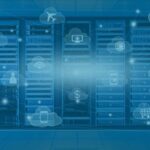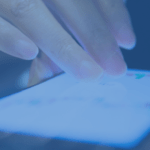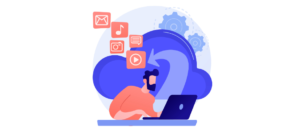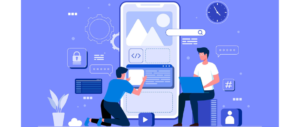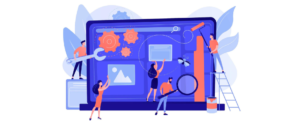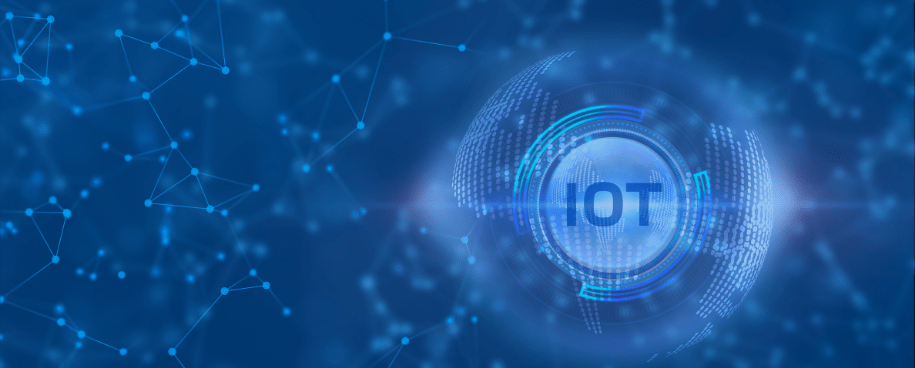
The traditional education model was not designed for the digital era. The typical classroom learning environment banks on the teacher’s skill to help students develop an understanding of a concept in a way that keeps them engaged. This leaves very little scope for personalized learning and makes student assessments highly subjective. Another major shortcoming of the traditional model is that teachers have to spend a lot of time on tasks that are purely transactional in nature such as marking attendance.
Technology can play a vital role in addressing these shortcomings. Smart use of technologies like IoT (Internet of Things) for greater connectivity across devices and applications has the potential to change the world of education. It can enable the development of a highly personalized and engaging mode of learning for each student. Through automation of mundane tasks, it can free up teachers’ time so that they can focus on imparting knowledge more effectively. Check out how Vatsa Solutions helped a London-based school MIS provider to enhance their core product framework to make it future-proof and extensible.
The scope for use of IoT in education is immense. In fact, in spite of the wide penetration of technology in many other fields of life, the world of education is still somewhat lagging behind in leveraging technology. Listed below are the the top applications of IoT in the field of education. Teaching institutions should leverage any and all of these applications to bring a radical change the learning environment.
Connected and smart classrooms
The classroom of the future will be a smart amalgamation of augmented reality (AR), virtual reality (VR), and wearable devices driven by leveraging the power of IoT. Imagine using AR to help students learn dissection of animals or use of VR to help students get a realistic feel of an old museum. Wearable devices can automatically mark a student’s presence or absence. Smart microphones can update the students’ planners with a due homework assignment.
The possibilities here are endless!
Personalized and task-based learning
Personalization in education is where IoT has the potential to create the biggest impact. The fundamental shift in the mode of education from a standard lecture delivery model to a practical-based mode of learning will be truly enabled by IoT. IoT can facilitate deep learning where students can learn with practical examples instead of textual paragraphs, and the teachers can intervene only when required. This will also enable personalized learning that is solely dependent on the student’s progress. The difficulty level of the tasks can be suitably modified, allowing students to learn at their own pace.
Empowering specially-abled students
IoT can significantly improve the learning experience for specially-abled students. For example, students with hearing difficulty can use connected gloves and tablets to translate sign language into written text to communicate better with others. Visually impaired students can get a more immersive learning experience through the use of AR and VR.
Safer school environment
Automatic door locks, warning systems, and sensors can protect schools very well against any potential security threats. It will empower the authorities to act in an informed and urgent way when faced with any such threats.
There are many more applications of IoT in education that can bring radical changes to the education model. It can combine the power of technology with the resources of the traditional education model. Remote learning is here to stay in the new normal, which is why educational institutions need to embrace a digital-first approach to education. Here are some of the benefits of using IoT in education:
Improves the quality of learning
Education builds future generations, and an engaging and practical mode of learning ensures the progress of mankind. One of the key benefits of IoT is that it can fundamentally uplift the quality of education across the world. The ability for personalized learning, the facility to develop and share best practices globally, and a stronger thrust on ‘learning by doing’ will have a significantly positive effect on the quality of education.
Efficient and cost-effective mode of operation
IoT-enabled lighting and cooling systems in schools can greatly facilitate an efficient mode of operation. Lights can be automatically switched off or on by using sensors programmed to sense human presence. Devices can be automatically switched on or off on a set schedule.
This can lead to great savings in power consumption and operational costs.
The outbreak of Covid-19 in 2020 forced the education system to shift from traditional classroom sessions to virtual classroom sessions overnight. Most of the schools and teachers were ill-prepared for this sudden change. Many teachers come from a non-technical background and it is not easy for them to use technology. Keeping virtual sessions engaging enough and making sure students remain attentive is a great challenge for them.
This is why the use of IoT in education is almost becoming mandatory, keeping the long-term future in mind. The education model needs to evolve in such a way that it makes the best usage of teachers’ knowledge and connected technologies like IoT to impart the best possible learning for the learner community. Need of the hour is for educational institutions to look at technology implementation as an opportunity and use a strategic approach.
To learn more about how you can leverage IoT for your classrooms, write to us at [email protected].
